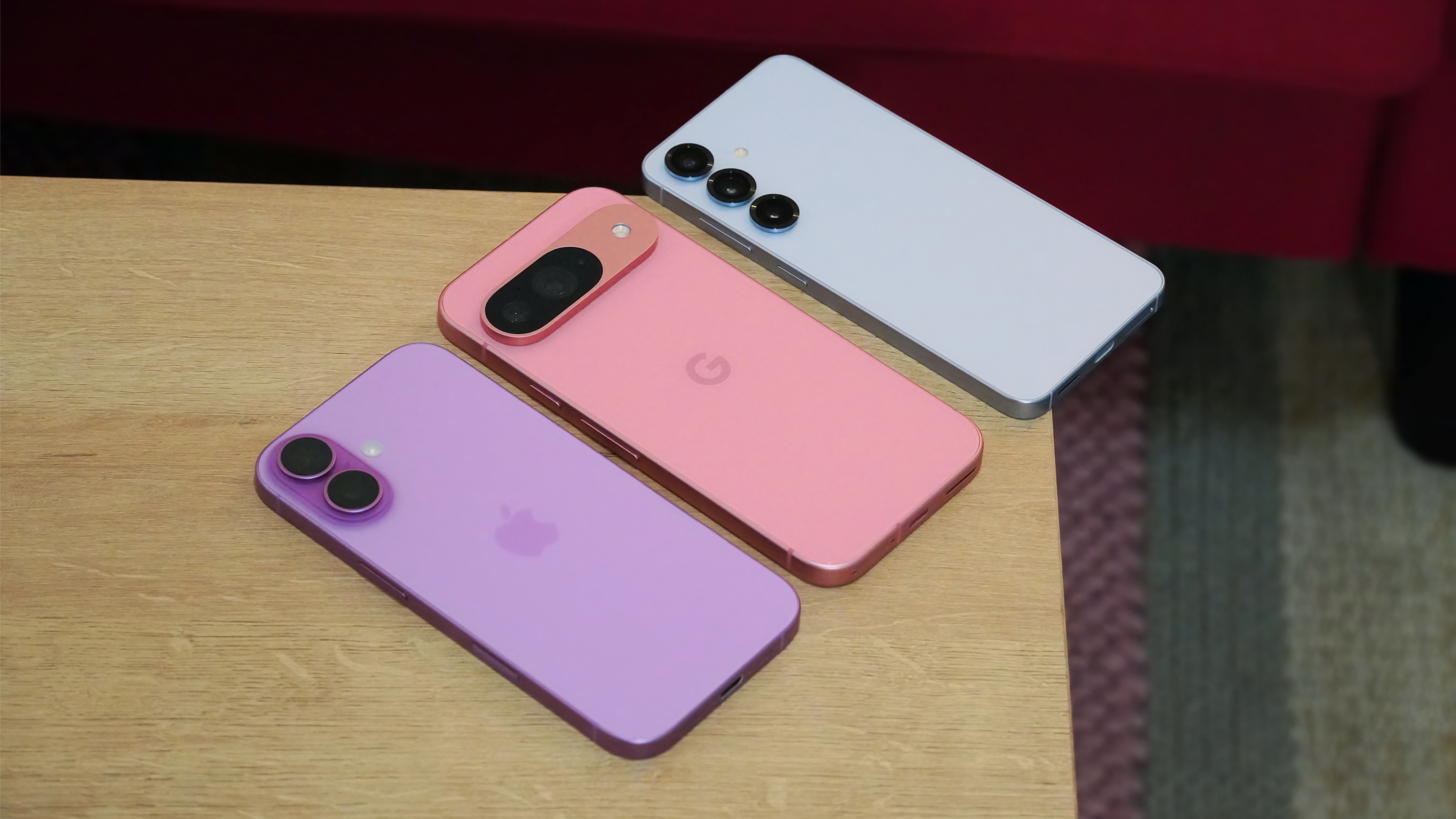Our favorite Android devices through the years
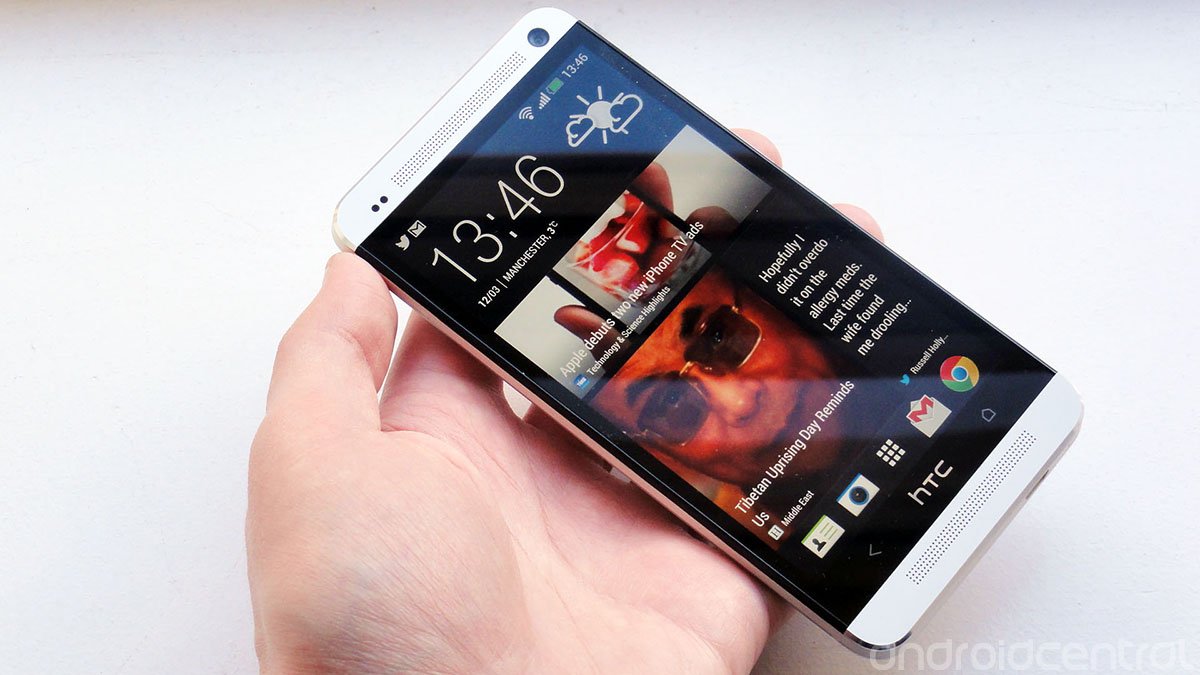
Android is quite amazing. Not only is it nearing its 10 year anniversary, but the platform has dwarfed any reasonable expectation of success the founders must have had when developing the software.
It's also why, and how, many of the writers on Android Central got their start in the industry — by trialling new phones and tablets and offering their opinions online. We asked them to highlight some of their most memorable devices — not necessarily the best (as you'll see) but ones that had the most impact.
Andrew Martonik: Motorola Xoom
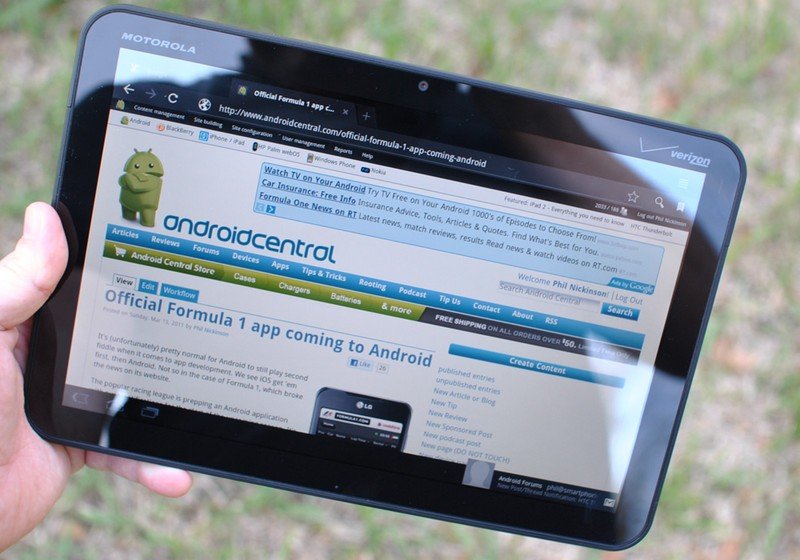
I'm only kind of joking here. Back at the start of 2011 there was so much hype around Google properly joining the tablet game, launching Android 3.0 Honeycomb alongside this wonderful-looking Motorola tablet. It was very much a "Nexus" tablet without the branding, and for the time it was glorious. A big display, typical great Motorola hardware and most importantly the "cool factor" of having a sleek tablet that felt very futuristic right alongside the iPad 2.
Most important was the "cool factor."
I snatched one up as soon as I could despite its super-high price and unproven software that had literally no app support at the time. I just wanted to be on the bleeding edge of Android, and the Xoom certainly felt like it. We all know now that Honeycomb was eventually a failure, and the Xoom itself basically went nowhere, but for the time it was the most exciting development in Android. Motorola moved on to do better things (yet never another tablet ed. note: how could you forget the Droid XYBOARD?) in Android, and Google took the lessons it learned with Honeycomb and shifted its tablet strategy starting with Android 4.0 Ice Cream Sandwich.
The Xoom was extremely exciting at the time, and I think proved to be an important step in the growth of Android.
Alex Dobie: HTC One (M7)
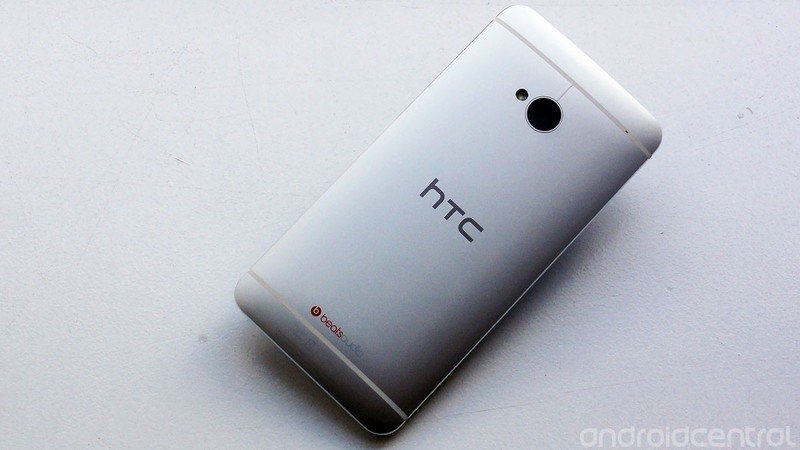
Oh, HTC. Back in the glory days, nobody in the Android space came close to the build quality of HTC's aluminum unibody designs. And the pinnacle of that was the M7 — the original HTC One. No phone since has wowed me quite the same way the M7 did when I first unboxed it.
The original HTC One had the best hardware and the best software.
I'd used it in a private pre-briefing before then, and at its launch event, and it still astounded me when I picked up my own HTC One for the first time. Samsung (and almost everyone else in the Android world) was still doing plastic back then, and this thing felt like it'd landed on my desk straight from the future.
Be an expert in 5 minutes
Get the latest news from Android Central, your trusted companion in the world of Android
What also impressed was the sheer speed of the HTC One. The company banished lag entirely from its Sense UI, purportedly using some of the tech it had licensed through a deal with Apple the previous year. Back in 2013, buying a flagship Android phone by no means guaranteed you a smooth and enjoyable software experience. The original HTC One had the best hardware and the best software, and it was the best Android phone by a country mile. That I still see people using their M7s today is a testament to that quality.
Ara Wagoner: Moto X Pure Edition

Don't get me wrong, the Moto X Pure Edition wasn't a perfect phone by any means, but this is a phone that took what I already loved and admired from the original Moto X and brought in a few underrated and frankly perfect features that I still miss to this day on my current crop of phones.
This phone felt magical...
When they announced the 2015 Moto X, I didn't intend to upgrade. I liked - no, I loved my 2014 Moto X, with its Turquoise backplate, white front, and red accents. It was my treasure… but an RMA saw me receiving a code to customize a 2015, and so I traded in begrudgingly, not wanting a larger phone that I themed darker so as to avoid a dorkishly pimpled face.
And when that phone came, I fell in love all over again. I could kiss the standard OK Google Now launch phrase for Moto Voice goodbye, and I could launch voice commands with foreign phrases that sounded like magic spells. If I waved my hand in front of my phone, I could summon my notifications, at my desk, on my nightstand, in its dock in my car. This phone felt magical, and it proved that custom launch phrases were possible for voice commands, something we're still waiting for on the Google Home and the Pixel. I laughed at IR sensors on the front of a phone, now I wish that every manufacturer would include them again, because I miss the magic that I felt and saw every time I interacted with my Moto X Pure Edition.
Daniel Bader: Motorola Milestone
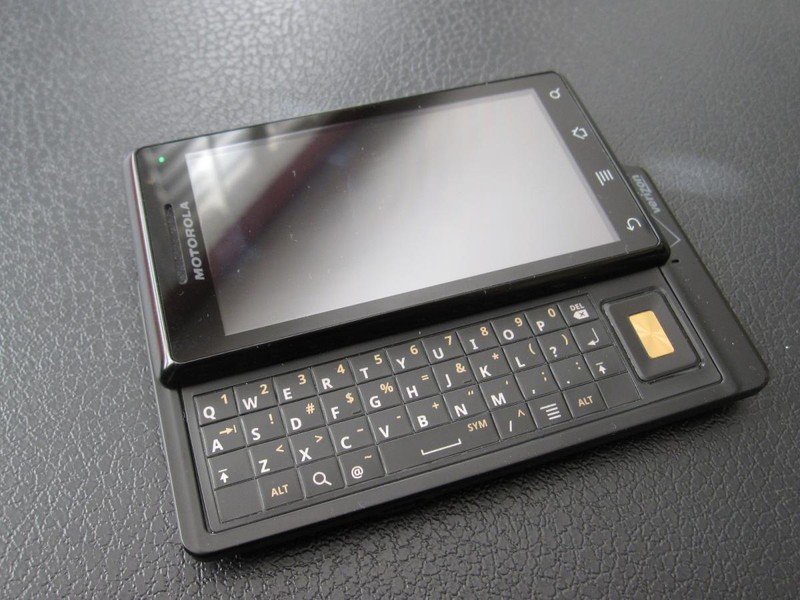
I am going way back with this one — back to the early months of 2010, to the early days of Android 2.1, and to the nascent communities of rooting. With the Motorola Milestone, I became instantly addicted to the notion that Android was both flexible and immutable, that in its changeability was a permanent notion of ownership: this phone was mine because I changed it.
In 2010, rooting a phone was neither easy nor fulfilling, but it was addictive.
In 2010, rooting a phone was neither easy nor fulfilling, because there wasn't much you could do with it once it was accomplished. But it was addictive. The sense of accomplishment was worth the sleepless nights of searching for custom ROMs, and turning the idea of a mobile operating system on its head. The Milestone itself was hugely flawed — as was its Droid-based counterpart on Verizon — but it was important, and a critical first step towards my Android indoctrination.
The photo pictured above is the original Motorola Droid for Verizon, since it's difficult to come by a decent quality photo of the Milestone.
Florence Ion: HTC Incredible
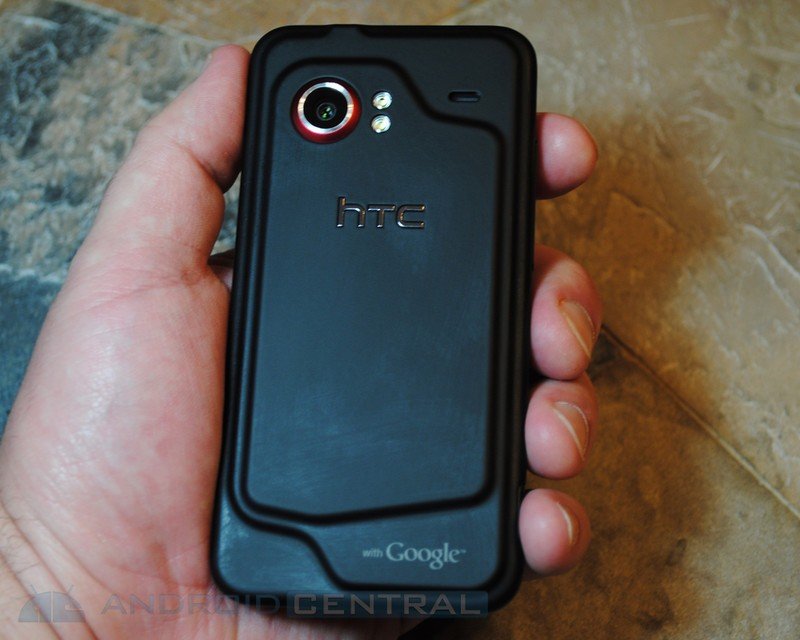
It took me a while to think of what my favorite Android thing has been thus far. I waffled between choosing the Pixel or the Asus Nexus 7, arguably one of the best tablets I've ever owned. But as I thought through the list of devices I've owned and cherished since Android's inception, I kept going back to the HTC Incredible.
You don't forget your first love, and for me — at least in regards to Android — that was my first smartphone. The HTC Incredible was my companion through some of my most formative years. I was freshly out of college and new to the work force, and I had no idea where I belonged. It was also my first time living entirely alone, and for a person who thrives on being social but isn't good at leaving the house, I knew it would be a challenge.
The HTC Incredible helped me find my way.
The HTC Incredible helped me find my way. I used it to stay privy with pals, find things to do and clubs to join around San Francisco, and document everything. And if it weren't for Google Maps and its turn-by-turn navigation feature — which the iPhone did not offer at the time — I would have never had the courage to embark on my first solo road trip. I felt incredibly empowered by this handheld device; I could use it to call it for help, find my way out of situation, and discover things worth seeing. As a result, I'll always feel a bit wistful about Android, because its mere existence in my life helped me experience what life is like when it's enhanced by a mobile device. It sure is less lonely.
Harish Jonnalagadda: Nexus 4
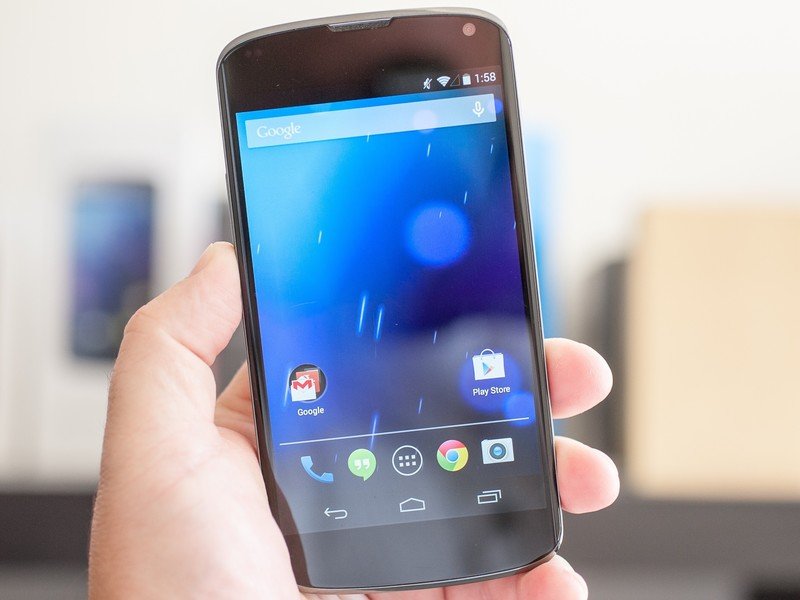
The Nexus 4 was the first phone in the Nexus series that felt like a consumer product and not a reference tool for developers. From the subtly-curved edges at the front to the soft touch plastic on the sides and that stunning glass back with the checkerboard pattern, LG nailed the design of the Nexus 4. That's why the first thing I did after buying the phone was put a case on it. The glass back was great to look at, but it had the tendency to shatter if you glanced at it wrong.
The Nexus 4 paved the way for future phones.
Buying the phone itself was an arduous process. The Nexus 4 didn't make its way to India until seven months after its U.S. release, but as Google started selling the device from the Play Store in the U.S., I was able to get my hands on one a month after its launch.
For $349, there wasn't anything else out there at that price range that offered quite as much as the Nexus 4. The 720p display was great, the camera could hold its own next to the Galaxy S3, and the Snapdragon S4 Pro was a beast. Sure, the lack of LTE was a dealbreaker in the U.S., but in India, 3G networks were taking off at the time, so it was a non-issue. And the fact that it was a Nexus device meant that it was easy to flash custom ROMs on it.
The Nexus 4 paved the way for future phones in the lineup that offered high-end specs for mid-range prices.
Jerry Hildenbrand: NVIDIA Shield Android TV
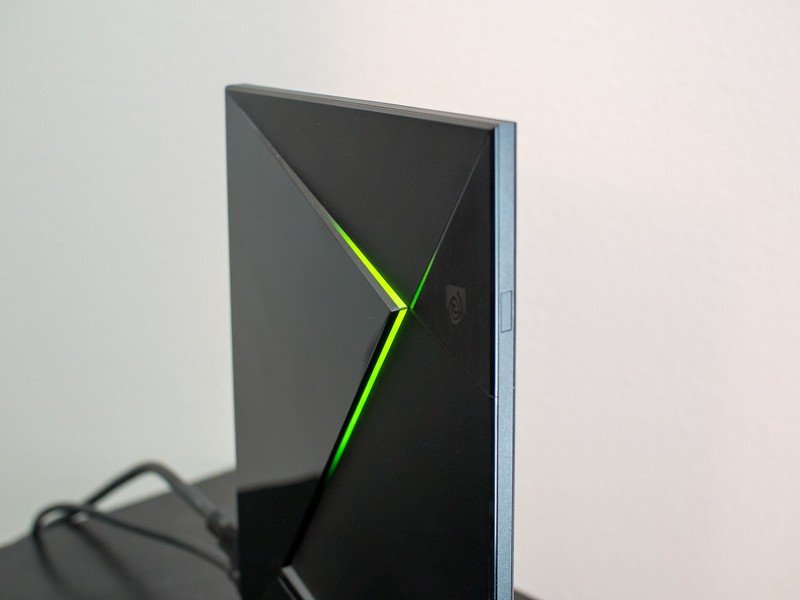
NVIDIA took Android TV and actually gave it the hardware to do the things we wanted it to do, then kept making it better. Anyone who bought into the Shield TV when it originally launched has all the features and gooey goodness that's inside the latest model, with NVIDIA working on refining the platform further and adding more features as time goes on.
Everything just works.
And everything just works. You see something in an ad online that your Shield TV can do — like stream games from your computer to your television — and set things up as directed then play or watch. It's refreshing to not have to sacrifice a chicken to get things to work properly.
I have two TVs in my house, and a Shield TV is attached to both of them. They'll stay there until the next Shield TV comes along, unless NVIDIA gives me that software update, too.
Russell Holly: Samsung Galaxy Camera
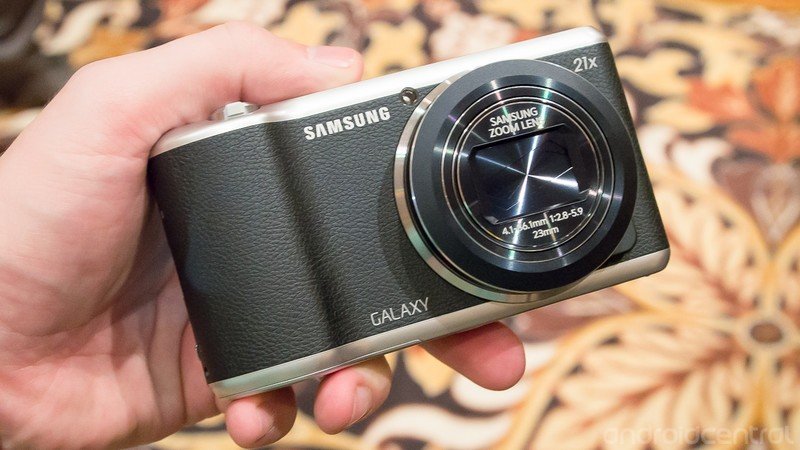
Stop laughing. Samsung was really on to something with the Galaxy Camera. As someone who has to use the absolutely awful interfaces Olympus and Sony and every other company includes in their big-kid cameras, Samsung had the right idea.
It wasn't executed super well, but think about a refresh in 2017 with something that isn't a mobile camera sensor and proper RAW support. It could have completely changed the way we use real cameras if Samsung had stuck with it, which is why I think it's the best.
Your turn What's your favorite Android device?
Tell us your favorite Android device and help maintain our obsession with tech nostalgia!
Daniel Bader was a former Android Central Editor-in-Chief and Executive Editor for iMore and Windows Central.

